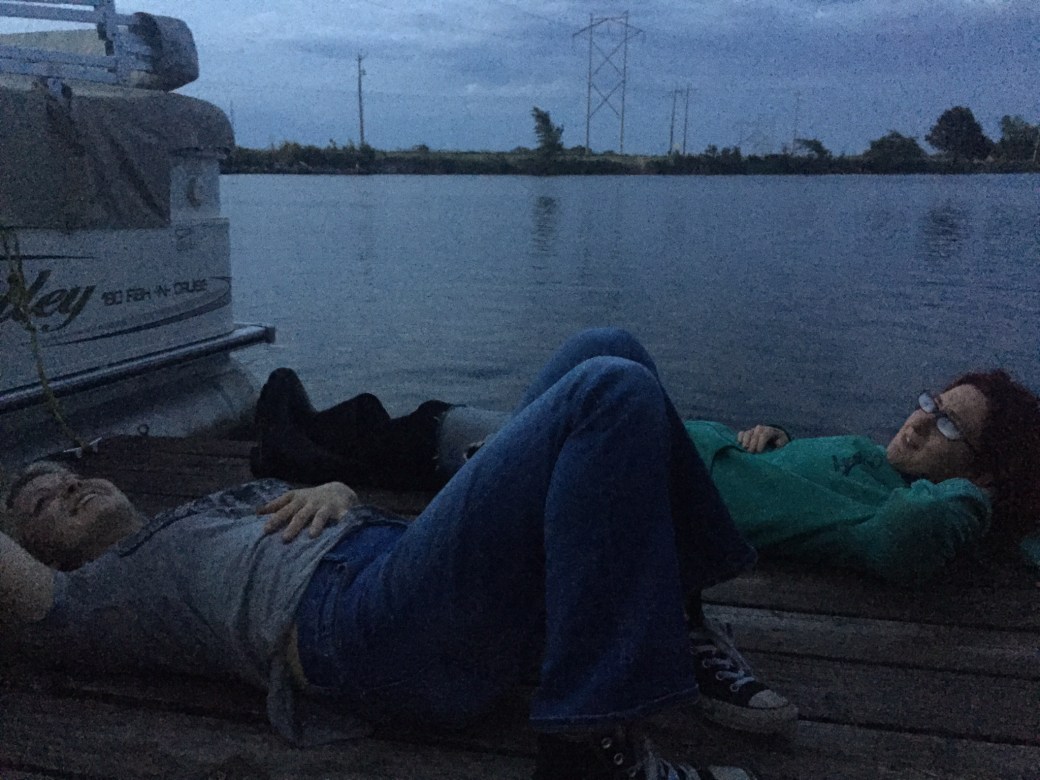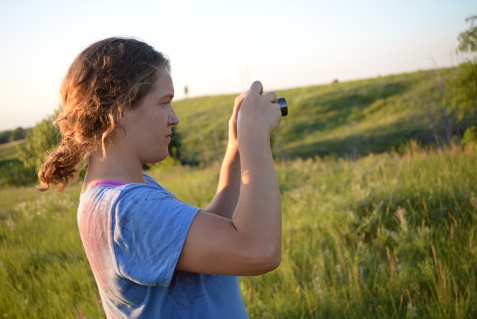
“Tell me where you’ve been, and I’ll tell you where I’ve been” one of my paintings inspired by Art Farm Nebraska
The title for my last show at the Jung Center in Houston, “Unconscious Conscious,” was pulled from Jung’s quote: “Until you make the unconscious conscious, it will direct your life and you will call it fate.”
Jung essentially made a battle cry of the importance of realizing your “unconscious.” It can seem like murky territory, but I think of it as understanding your soul, your gut, your dreams and desires, your fears. It’s your real underlying essence — that sometimes gets placed on hold in the name of work, relationships or trying to be whatever you or someone else thinks you should be.
Yesterday, I was talking to my friend Chance, a talented musician who is doing important work at an important nonprofit. Still, despite having the job and skill set, he has this drive to run away, live in an RV in the mountains, take long road trips, explore.
We spoke about finding balance. Knowing that we have to work jobs, trying to find ones that don’t suffocate us, continuing to find opportunities to expand, be creatively stimulated and better ourselves. It can be difficult.
I recently started reading Jung’s “Man and his Symbols.” He writes about how “primitive” cultures often believed in several types of souls — one might be linked to an animal or even a tree.
“This means that the individual’s psyche is far from being safely synthesized,” Jung states.”On the contrary, it threatens to fragment only too easily under the onslaught of unchecked emotions.”
We have vulnerable souls, in other words.
And we live in uncertain times, where things are changing so quickly that it’s easy to get out of breath. It’s easy to feel unsure of our footing. At the same time, we are bombarded with images, stories, social media, ads that can make us question our self worth, that can disrupt our priorities and can command our total attention, distracting us from other important aspects that make us whole.
I’m making some changes in the near future with the hope that they will lead to a more balanced life. I know I’m not alone in this, that a lot of people are searching for more meaning and more authenticity.
“Human consciousness has not yet achieved a reasonable degree of continuity. It is still vulnerable and liable to fragmentation,” Jung writes.
All the more reason for us to take time to fortify it, to do our part to promote understanding and togetherness in our world and in ourselves.




 Aimee and I contemplate the stars, then we consider taking a plunge in the lake . . .
Aimee and I contemplate the stars, then we consider taking a plunge in the lake . . .

 Carmella Guiol Naranjo
Carmella Guiol Naranjo
